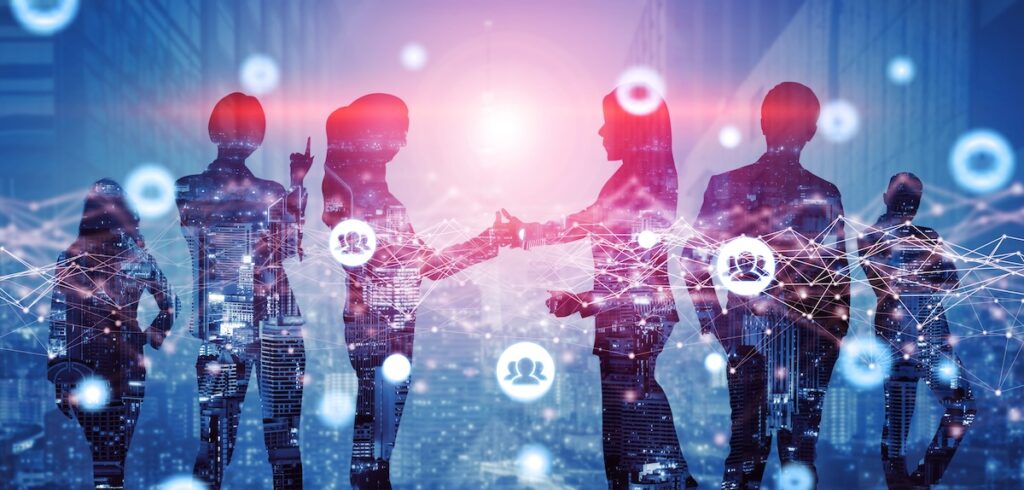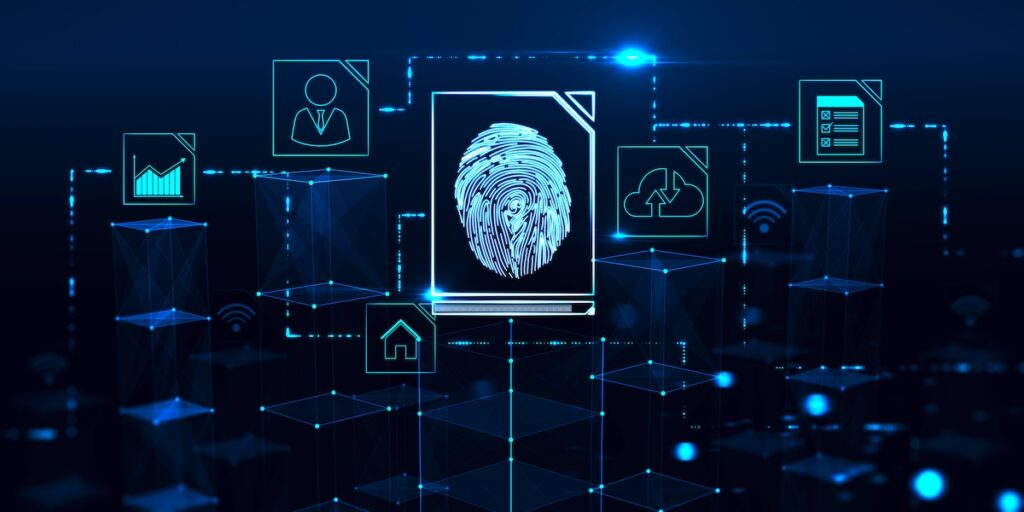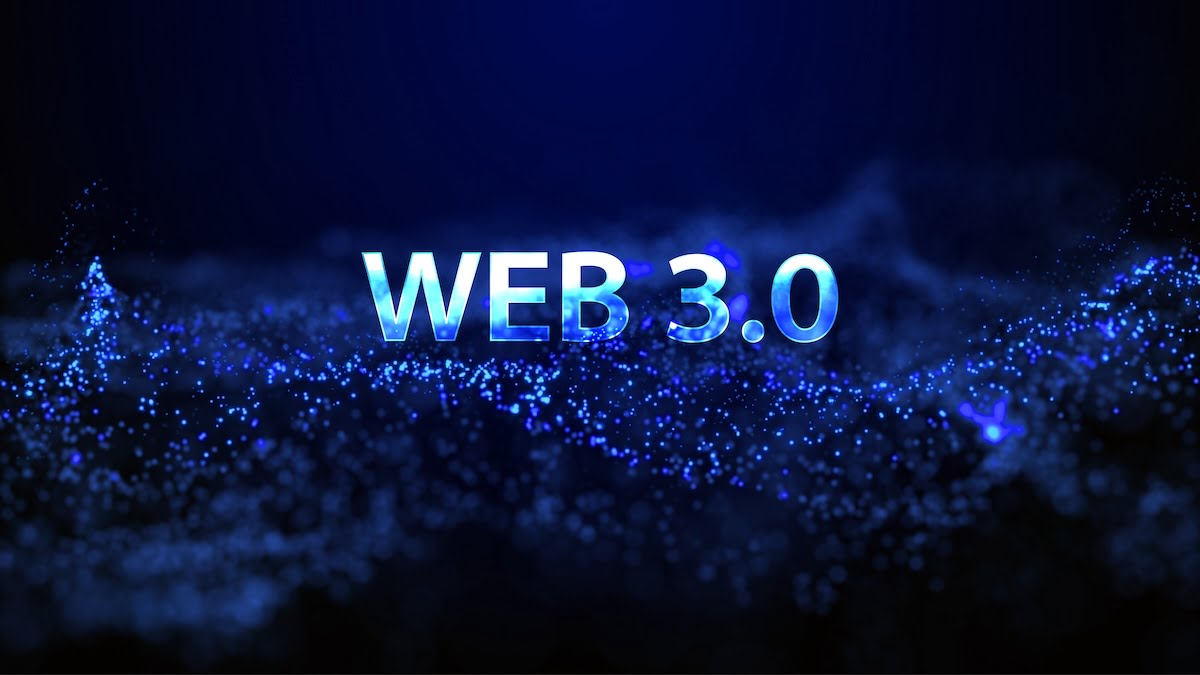Is Web3 the Future? Unlocking the Next Generation of the Internet
Since its creation, the internet has undergone many changes, with each new phase molding our online behaviors and relationships. Now, as we’re on the cusp of another major development, Web3—a version of the internet that is decentralized and user centric. The question, then, is this: Are we ready for the upheaval that Web3 is likely to bring?
What is Web3?
The third iteration of the internet that we now refer to as Web3 is being built on the foundations established by Web1 and Web2. Web1, which began around 1991, was mostly a collection of static, read-only web pages pushed directly to users. Essentially, Web1 offered very little in the way of tangible user interaction.
The mid-2000s marked the arrival of Web2, which heralded the development of content created by users, the era of social media, and, consequently, the virtual monopoly of big tech companies. However, a major drawback of this is that on platforms like Facebook, X, and YouTube, you still don’t own your content, and the power to make money off of it is firmly in the hands of those centralized, corporate techn entities.
Web3 aims to address the current issues in the space where internet experiences are dominated by a handful of companies. At this nascent stage, the promise is for the next iteration of the internet to be built not on top of a few massive data centers but on a distributed worldwide network of many smaller ones. Instead of entrusting our identities and the content we create to the likes of Google and Facebook, we’ll confide them to immutable smart contracts, allwowing users to securly take ownership of and distribute their digital content.
Key Features of Web3
Web3 introduces some unique concepts that set it apart not only from Web2 (as it exists today) but also from its foundational ancestor, Web1.
Decentralized Autonomous Organizations (DAOs):
Decentralized autonomous organizations (DAOs) allow for a new kind of governance that could change how companies and organizations make decisions. Rather than making decisions in corporate hierarchies like the ones we see now, a DAO allows a community to make choices together, in an environment that is more akin to direct democracy.
Smart Contracts
Self-executing agreements are known as smart contracts, and they are coded directly into the terms of a contract. These contracts do away with intermediaries, and give users full control over their assets.
Blockchain Technology
The core of Web3, the blockchain, guarantees that information is shared among a network of nodes rather than stored in one place. This distribution not only secures data but also reduces the likelihood of a breach, since there’s no single point of failure for an intruder to target.
Decentralized Finance (DeFi)
The financial industry is being reshaped by decentralized finance. DeFi delivers open, permissionless access to financial services. Users can engage in borrowing, lending, trading, and investing, all without the need for conventional banks or financial institutions.
Non-Fungible Tokens (NFTs):
Unique digital assets known as NFTs represent ownership of digital items. Comparatively speaking, they are similar to the titles one receives upon acquiring goods in the real world. Buyers of NFTs are, in effect, purchasing a claim to the item that the NFT represents. Well-known examples of items that have been turned into NFTs include works of art, gaming items, music, and virtual real estate.
The Benefits and Applications of Web3
Web3 has many possible applications that could benefit different industries and provide advantages for consumers and businesses. One of the most beneficial things Web3 can do is to direct power back to the users, allowing them to regain control over their data. Data has become a highly prized and valuable asset in the current internet era—a lot more than what most users probably realized. In the current landscape, users still have no actual rights over their own data. and that isn’t just from a user perspective; it’s also from a legal one.
For companies, Web3 presents novel methods of customer engagement. By utilizing blockchain technology, businesses can set up platforms where interactions with customers are as secure and trustworthy as they are on the current internet… except without the need for big tech companies to control all that data and customer trust.
An important point worth noting is the way Web3 can bring technological access to all. It is only by virtue of decentralization that we can make advanced tools requiring vasts amounts of processing power like artificial intelligence and machine learning available to the broader public. That availability sparks innovation and opens up digital pathways that had previously been closed to many individuals and small businesses.

Web3 and Digital Equality
One especially fascinating facet of Web3 is its opportunity to mitigate the pervasiveness of digital and economic inequity. Platforms offering decentralized finance (DeFi) allow people who are unbanked or inadequately served by standard banking institutions to access the kinds of financial services that first-world citizens take for granted. Relevance really hits home here, considering that in many developing countries, basic banking services are virtually unavailable to millions.
On top of that, decentralized platforms allow small businesses to compete internationally, a feat they could rarely accomplish before in the world of centralized platforms, where competition was much more intense. With decentralized platforms, small businesses needn’t employ significant amounts of capital or resources to connect directly with the kinds of consumers who keep their businesses afloat. Indeed, entrepreneurs from all over the world can now reach previously inaccessible markets because of an international, direct-to-consumer reach afforded by platforms that are decentralized.
The Future of Work in Web3
The Web3 era carries great potential for the next chapter of labour. Work is transforming, and it is still too early to gauge all the effects that this change might have. There are countless ways that decentralized autonomous organizations and the ethos of decentralization might affect working for companies. DAOs could very well be the foundation upon which we build the next type of labor organization.
New industries and employment opportunities appear poised to emerge from the next phase of the internet, Web3, especially in areas like blockchain development, smart contract programming, and decentralized finance. But beyond mere job creation, Web3 could instigate a transformation in the way businesses and individuals operate—an evolution that will hinge on new competencies and a fresh mindset.

Web3 and Personal Identity
The management of personal identities on the internet was one of the most important changes to happen in our transition to Web3. In Web2, our identities are tied to the platforms we use, with all the rich data that made us “us” stored in the belly of the beast—centralized servers owned by huge corporations. In Web3, our digital identity becomes much more robust and much more under our control, with the ability to manage it how we see fit.
A global digital identity for everyone, everywhere, is the promise of Web3. You won’t need to create a new account for every service you use; just one secure, verifiable identity will suffice. The blockchain will back your identity, ensuring that the service providers you interact with can trust that you are who you say you are—without, that is, any centralized authority needing to vouch for you.
Preparing for Web3
Although still in it’s infancy, Web3’s potential to transform the world is clear. The infrastructure that Web3 is being built on—blockchain technology and decentralized data storage, for example—has been around for a while, but it’s only recently that costs have come down and user experience has improved to the point where these technologies can be used at scale.
The first step in beginning with Web3 is to familiarize yourself with the basic concepts of blockchain, smart contracts, and decentralized technologies. An excellent way to do this is by working with tools and platforms that use these technologies. Such experimentation will help you understand how they function in practice.
Conclusion
Web3 isn’t just another trending term; it’s a foundational change in digital interaction. Control is being decentralized, users are being empowered, and access to technology is being democratized in a way that could create a more equitable, transparent, and secure internet. As these opportunities unfold, we also need to be ready for some real challenges—and for how those may also unfold.
Editor’s note: This article was written with the assistance of AI. Edited and fact-checked by Owen Skelton.
Credit: Source link


 Bitcoin
Bitcoin  Ethereum
Ethereum  Tether
Tether  Solana
Solana  XRP
XRP  Dogecoin
Dogecoin  USDC
USDC  Cardano
Cardano  Lido Staked Ether
Lido Staked Ether  Avalanche
Avalanche  TRON
TRON  Toncoin
Toncoin  Wrapped stETH
Wrapped stETH  Stellar
Stellar  Shiba Inu
Shiba Inu  Wrapped Bitcoin
Wrapped Bitcoin  Polkadot
Polkadot  Chainlink
Chainlink  Bitcoin Cash
Bitcoin Cash  WETH
WETH  Sui
Sui  Pepe
Pepe  NEAR Protocol
NEAR Protocol  Uniswap
Uniswap  LEO Token
LEO Token  Litecoin
Litecoin  Wrapped eETH
Wrapped eETH  Aptos
Aptos  Internet Computer
Internet Computer  Hedera
Hedera  USDS
USDS  Cronos
Cronos  POL (ex-MATIC)
POL (ex-MATIC)  Ethereum Classic
Ethereum Classic  Bittensor
Bittensor  Render
Render  Ethena USDe
Ethena USDe  Artificial Superintelligence Alliance
Artificial Superintelligence Alliance  Arbitrum
Arbitrum  Celestia
Celestia  Dai
Dai  Filecoin
Filecoin  WhiteBIT Coin
WhiteBIT Coin  Bonk
Bonk  Stacks
Stacks  OKB
OKB  MANTRA
MANTRA
Comments are closed.